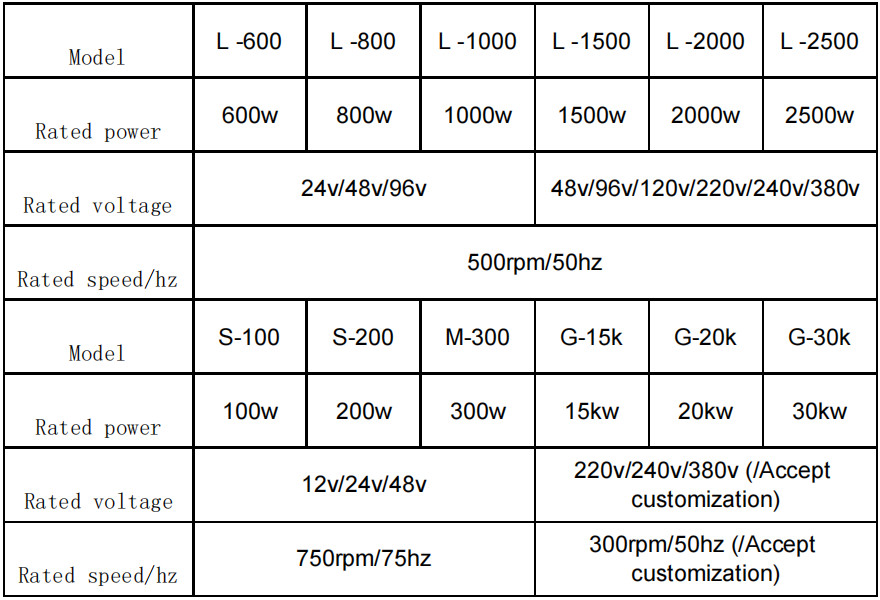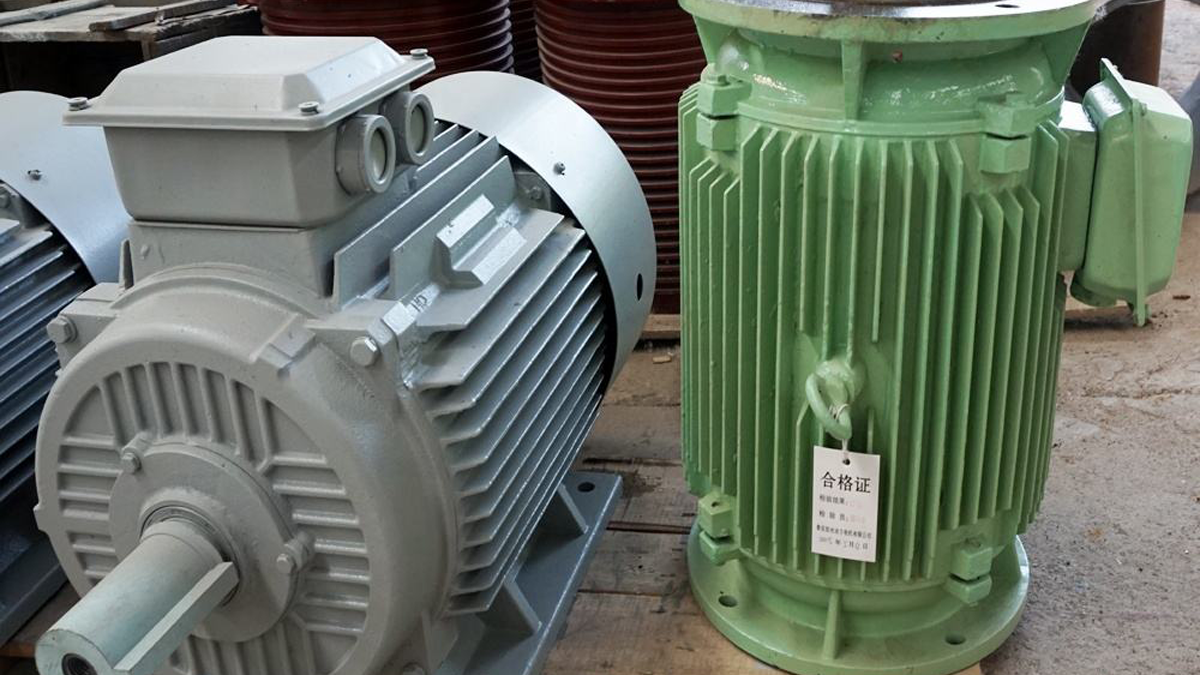1、Wind Turbine Speed and Power Output
In wind turbine systems, the connection between wind turbine speed, power, and load can be elucidated as follows:
Within wind turbine setups, there exists a strong association among power, wind turbine speed, and load. Typically, power can be computed using the subsequent formula: Power = torque * angular velocity.
Here torque refers to the output torque of the motor, and angular speed refers to the speed of the motor. This means that the power depends on the product of the torque produced by the motor and its speed.
For permanent magnet motors, the relationship between the magnetic field and the current of the permanent magnet determines the torque generation capacity of the motor. A stronger magnetic field can produce more torque, resulting in higher power output.
In addition, the size of the load will also affect the output power of the permanent magnet motor. Since the motor drives a larger load, it needs to provide more torque to overcome the resistance of the load, thus increasing the power output.
Therefore, in order to better let you understand the relationship between the market wind turbine speed and power, we have collected some product data for your reference

By examining the table above, we can gain a general understanding of the relationship between motor rotational speed and power in the current market. This information can assist us in selecting a suitable permanent magnet motor for our needs.Learn more parameters
2、The relationship between torque, power and speed
Torque refers to the rotational torque generated by wind turbines, which is the key to converting wind power into mechanical energy.Power is the electrical energy output of a wind turbine, usually in kilowatts (kW). There is a direct relationship between power and wind turbine speed and torque.
Generally speaking, the torque is inversely proportional to the speed: when the speed is low, the natural torque will be larger, and the power of the wind turbine is relatively high; On the contrary, the faster the speed, the less torque, the less power of the wind turbine.
3、Rotation speed basics
To understand the connection between speed and permanent magnet wind turbines, let’s start with the basics. Engine speed per minute, its unit is “rpm”, engine speed is a physical parameter, and engine speed is related to the amount of work done per unit time or the effective power of the engine, it provides a basic understanding of the operation and performance of the generator. It directly affects the output frequency and voltage of the generator.
4、Power output and speed
The output power of permanent magnet wind turbine is proportional to its speed. As the speed increases, the generator generates more power. This relationship is determined by the generator’s power curve, which describes the maximum power output at different speeds. Understanding this relationship helps optimize the performance of the generator.
5、Wind Turbine Speed and Efficiency
Efficiency is the key factor affecting the operation of permanent magnet wind turbine. It measures how efficiently a generator converts wind energy into electricity. The speed of a generator has a great influence on its efficiency. Run the generator at the optimum speed to ensure maximum efficiency, minimum energy loss and maximum power generation.
6、Speed control and adjustment
The control and adjustment of speed is the key to ensure the reliable and safe operation of permanent magnet wind turbine. Variable speed control systems are usually used to adjust the speed of the generator according to the wind conditions. These systems utilize sensors and control algorithms to optimize the performance of the generator, maximizing power output while protecting it from excessive RPM.
7、Wind turbine design considerations
The relationship between motor speed and output power affects the design considerations of wind turbines. Optimal performance is achieved by selecting the right speed to maximize power output while ensuring the structural integrity of the turbine. This includes careful selection of materials, blade design and control systems to balance power generation and mechanical stress, and the optimal design of generator speed is critical to the long-term performance and reliability of the generator.
8、Conclusion
In conclusion, the relationship between RPM and torque is crucial and interesting. Generally speaking, large wind turbines have relatively low speed, high torque, and better power generation efficiency, while small wind turbines do the opposite, but we can strike a balance between power generation and mechanical integrity by optimizing speed. By doing so, we can improve the efficiency and reliability of permanent magnet wind turbines.

